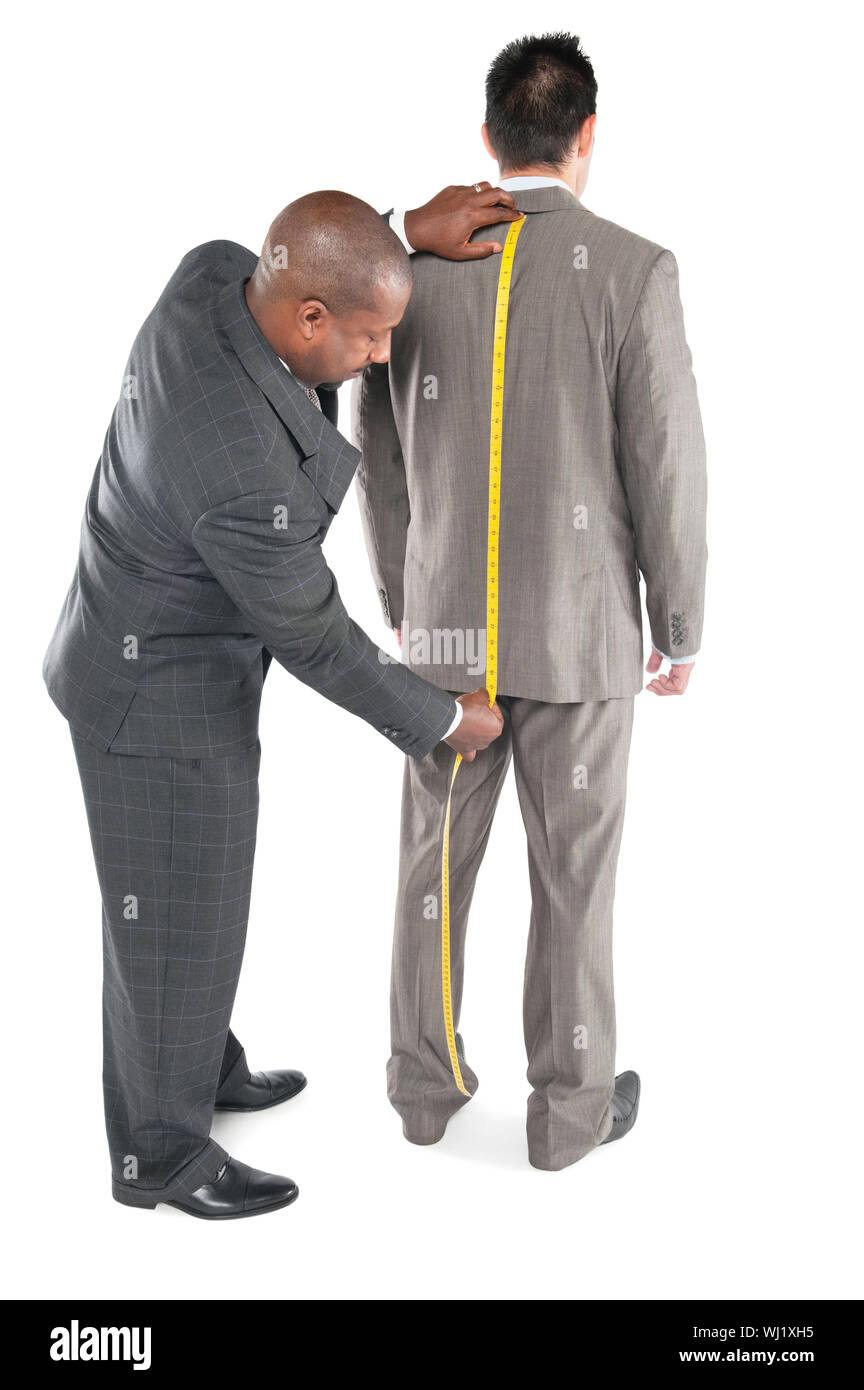Tailor Perth Excellence: Your Location for Bespoke Tailoring
Tailor Perth Excellence: Your Location for Bespoke Tailoring
Blog Article
Understanding the Tailoring Process: From Fabric Selection to Final Fitting for the Ideal Wardrobe
The tailoring procedure is a complex interaction of art and scientific research, starting with the critical choice of fabric selection and finishing in the exact modifications of final fittings. Each fabric kind brings one-of-a-kind top qualities that influence not only the visual charm however also the garment's durability and suitability for numerous occasions. Recognizing the subtleties of tailoring techniques can boost one's closet to unmatched levels of refinement. As we discover these aspects further, one must consider just how even the smallest information can dramatically influence the general outcome of one's individual style.
Value of Textile Choice
Picking the right material is essential in the customizing procedure, as it directly influences the comfort, durability, and overall visual of the last garment (tailor perth). The option of fabric sets the structure for the garment's functionality, performance, and design. Different fabrics possess unique residential or commercial properties, such as stretch, breathability, and weight, which can dramatically affect how the garment drapes and fits the body
Furthermore, textile selection affects the garment's durability and simplicity of care. Top notch materials can stand up to damage, keeping their look and framework with time, while lower-quality products may cause pilling or fading. In addition, the appropriate textile adds to the garment's capability to change across events and seasons, consequently boosting adaptability.
A tailored piece made from an appropriate material not only showcases craftsmanship yet likewise elevates the user's confidence. Subsequently, recognizing the subtleties of material selection is vital for any type of tailoring undertaking. It makes sure that the last item not just satisfies the aesthetic wishes of the client but additionally straightens with practical demands, thus achieving an unified balance between kind and function in the customized closet.
Kinds Of Fabrics and Their Usages
Recognizing the various sorts of materials available is vital for making informed choices throughout the tailoring procedure. Each fabric has distinct features that dictate its viability for specific garments and events.
Cotton, known for its breathability and gentleness, is optimal for informal wear and summer garments. Its flexibility enables it to be tailored into whatever from shirts to gowns. Woollen, on the various other hand, is preferred for its warmth and framework, making it an excellent choice for formal matches and outerwear - tailor perth. Its natural flexibility assists garments keep shape with time.
Silk shows deluxe and is lightweight, making it ideal for eveningwear and delicate blouses; nonetheless, it calls for mindful handling due to its fragility. Linen, with its textured coating, is a preferred choice for warm climates, providing a airy and crisp feeling, yet it wrinkles conveniently, which may affect the garment's look.
Artificial fabrics, such as polyester and nylon, offer durability and resistance to wrinkles, making them suitable for daily wear and energetic apparel. Understanding these material types and their residential or commercial properties permits far better decision-making, guaranteeing that each customized piece not just fits well yet likewise lines up with the desired function and celebration.
The Tailoring Techniques Explained
The art of tailoring depends on a variety of methods that transform fabric right into well-fitted garments. Central to this procedure is pattern preparing, where a tailor creates layouts based upon the client's measurements and wanted design. This preliminary step makes certain that the garment will certainly fit the user correctly prior to any type of cutting occurs.
When patterns are developed, reducing techniques enter play. Precision is extremely important as inaccuracies can cause misfitting garments. Tailors often use numerous reducing approaches, such as single-layer cutting for intricate designs and multiple-layer cutting for efficiency on standard patterns.
Basting is an additional necessary technique, permitting tailors to momentarily stitch textile pieces with each other for a preliminary installation. This method supplies the chance to analyze the drape and general shape before last sewing.
Seaming techniques, consisting of french joints and flat-felled seams, boost the garment's toughness pop over to this web-site and aesthetic charm. Tailors also utilize strategies such as interfacing and padding to supply structure and shape to details areas, like collars and shoulders.
Lastly, finishing strategies, consisting of hemming and edge ending up, ensure the garment's longevity while giving a refined appearance. With each other, these techniques develop the foundation of effective tailoring, leading to beautiful, tailor-made garments.
Fitting Adjustments and Factors To Consider

Key considerations consist of the shoulder fit, which needs to neither droop nor restrict activity, and the sleeve size, which must permit comfortable arm motion while keeping a refined look. In addition, modifications at the waist can refine the shape, with choices to let out or absorb material as needed.
The surge of pants is another crucial factor; it needs to sit conveniently above the hips without creating pain, allowing for ease of activity. Hemming sizes for both pants and skirts should reflect the user's favored style while valuing percentages.

Preserving Your Tailored Apparel
Always follow the treatment tag directions, which might advise dry cleaning for fragile textiles or equipment washing for even more durable products. Stay clear of constant laundering, as this can use down the material and alter the garment's shape.
Storage is just as vital; usage padded hangers for coats and layers to maintain shoulder framework, and store trousers folded up nicely or hung to stop creasing. Safeguard garments from direct sunshine, which can fade shades and damages fibers.
Furthermore, periodic inspections for small fixings can stop larger issues. Look for loosened buttons, tearing seams, or signs of moth damage, resolving these troubles quickly to maintain the garment's stability.
Finally, consider seasonal turning. Using tailored items in moderation permits fabrics to recuperate, expanding their lifespan. By carrying out these maintenance strategies, you can make certain that your tailored garments stay as beautiful as the day you initially click for info wore them, improving your optimal wardrobe for many years to come.
Verdict
The tailoring procedure, incorporating material choice, competent strategies, and accurate suitable modifications, plays a vital function in producing garments that improve both convenience and design. Each stage adds to the overall performance of the end product, guaranteeing that apparel not just fits well however additionally mirrors specific identification. Moreover, comprehending the value of maintenance extends the life of tailored garments, strengthening their value in a well-curated closet. A thorough strategy to customizing finishes in a polished and certain appearance.
Choosing the ideal fabric is vital in the tailoring process, as it straight affects the convenience, durability, and general visual of the final garment. The selection of fabric establishes the structure for the garment's efficiency, style, and performance. Various textiles have unique residential or commercial properties, such as weight, breathability, and stretch, which can substantially influence how the garment drapes and fits the body.
The art of tailoring counts on a selection of techniques that transform material into well-fitted garments.The customizing procedure, including material option, skilled methods, and accurate suitable modifications, plays a crucial duty in developing garments that improve both comfort and design.
Report this page